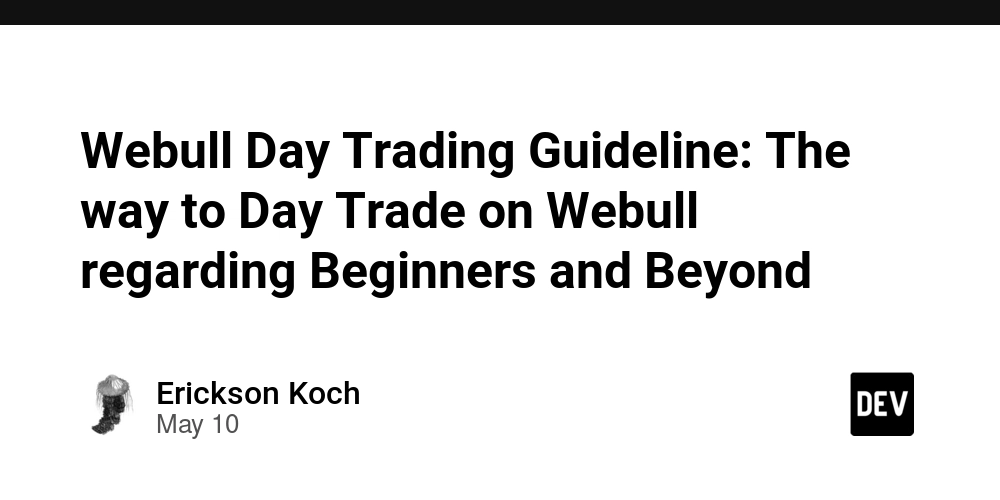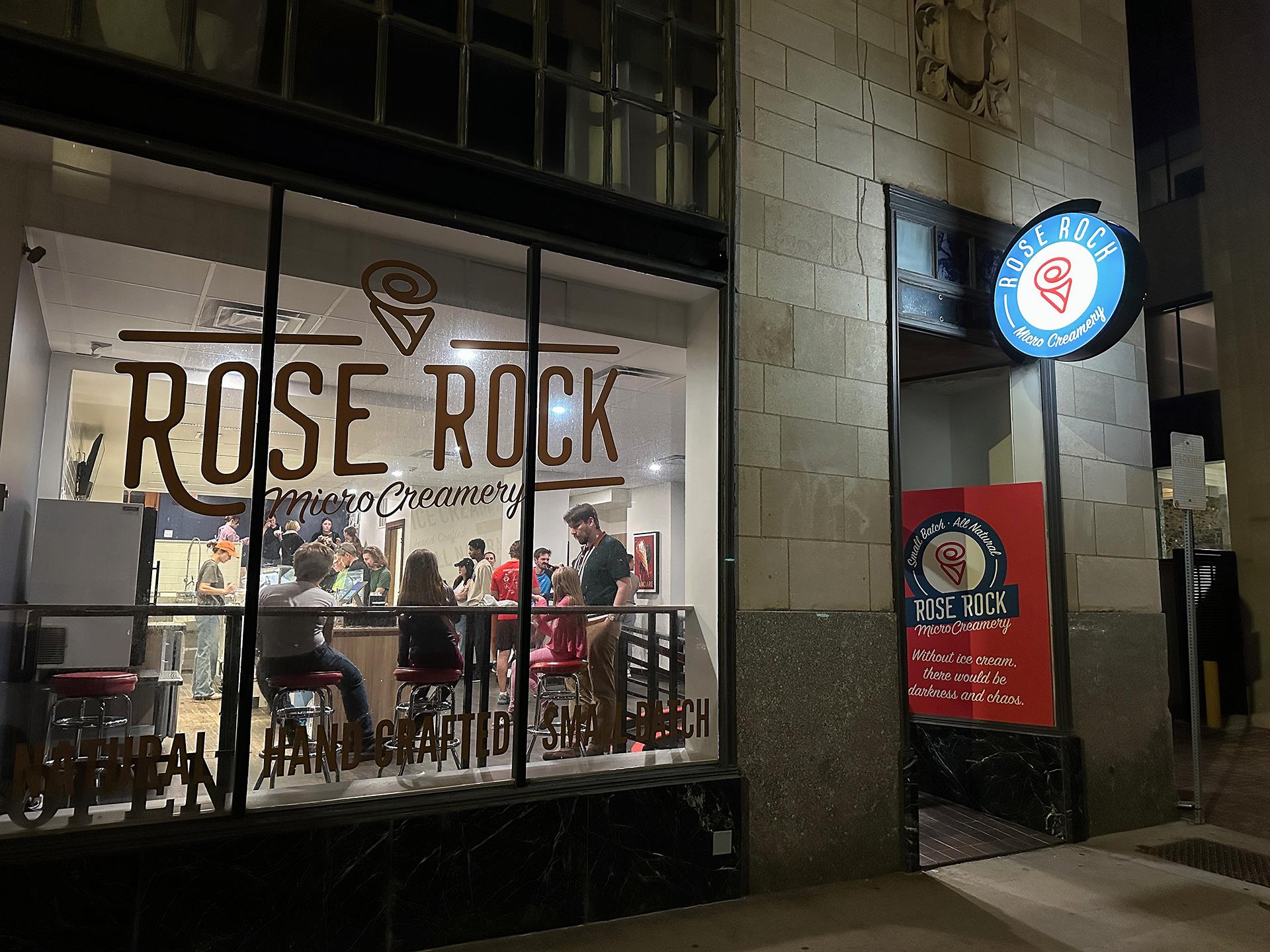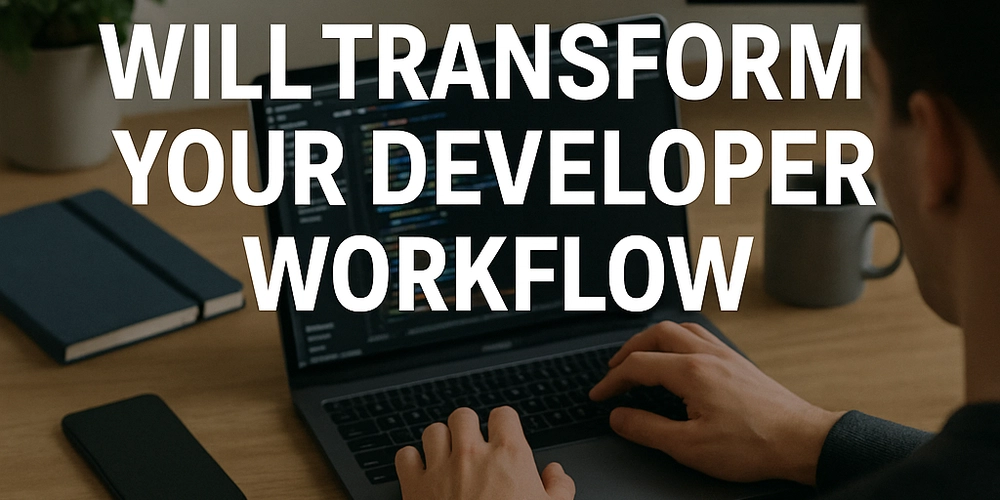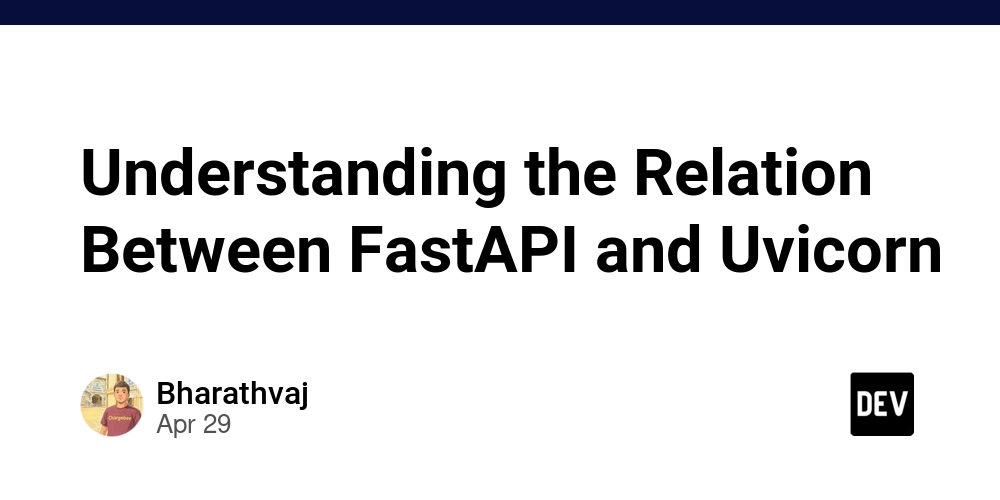What is Lombok? Unpacking the Open Source Business Model, Funding Strategies, and Community Impact
Abstract This post dives deep into Project Lombok—a popular Java library that reduces boilerplate code using smart annotations—and explores its innovative open source business model. We examine Lombok’s origins, its reliance on community funding under the MIT License, and its transparent governance model driven by volunteer contributions. Along with a detailed discussion on challenges, opportunities, and future innovations, we also compare Lombok’s approach with other funding methods, including token-based models. With practical examples, tables, and bullet lists, this article serves as a comprehensive guide for developers, enterprises, and open source enthusiasts seeking sustainable and transparent software development models. Introduction Project Lombok has become synonymous with efficient Java coding. By automating repetitive code tasks through annotations, Lombok has helped thousands of developers simplify their work and improve code readability. At its core, Lombok is more than just a tool—it represents an innovative open source business model where community funding, volunteer contributions, and a permissive MIT License meet to foster rapid development and sustained open source support. In today’s highly competitive software world, understanding how projects like Lombok thrive without traditional revenue models is pivotal. With strong community governance and minimal bureaucracy, Lombok not only revolutionizes Java development but also sets an example for modern, sustainable open source projects. Background and Context The Journey of Project Lombok Project Lombok emerged as a solution to the problem of repetitive boilerplate coding in Java—a language known for its verbosity. By leveraging annotations to automatically generate constructors, getters, setters, equals, hashCode, and toString methods, Lombok quickly gained traction in the developer community. This significant reduction in repetitive tasks led to: Increased productivity Improved code readability Simplified maintenance across enterprise applications Lombok’s journey reflects the evolution of open source projects. Initially maintained by a small team of dedicated volunteers, the project now harbors a vibrant ecosystem of contributors, testers, and even corporate supporters who believe in the power of community-driven innovation. Open Source Funding and the MIT License Central to Lombok's success is its adherence to the MIT License—a highly permissive license that allows developers unparalleled freedom to modify, distribute, and integrate the code into their projects. This model minimizes legal overhead, making Lombok accessible to a diverse group of users, from individual developers to large enterprises. Instead of relying on subscription fees or proprietary revenue models, Lombok harnesses: Community donations Corporate sponsorships Volunteer contributions for code improvements and documentation This approach not only supports sustainable growth but also ensures that the project remains agile and responsive to evolving industry demands. For more details on Project Lombok and its open source philosophy, check out the original article. Core Concepts and Features Project Lombok’s features are built to serve developers both technically and operationally. Let’s break down some of its core concepts: Key Technical Attributes Annotation-Based Automation: Lombok uses annotations to generate repetitive code, reducing manual coding effort. Code Reduction: Minimizes boilerplate code associated with Java by automatically providing implementations for common methods. Compatibility: Works seamlessly with modern development environments and popular Java frameworks. Business and Community Aspects Open Source Funding: Relying on a mix of community donations and sponsorships, Lombok bypasses traditional revenue structures. Volunteer Governance: A structured community process where pull requests, issue tracking, and code reviews shape the project’s evolution. MIT License: Its permissive licensing framework encourages wide adoption and integration, making it an attractive option for businesses and academic projects alike. Here’s a table summarizing some key attributes of Project Lombok: Attribute Description Boilerplate Reduction Uses annotations to generate constructors, accessors, and more, reducing repetitive code. Community Funding Driven by donations, corporate sponsorships, and volunteer contributions. MIT License Adoption Offers a permissive licensing model, facilitating open collaboration. Open Governance Decisions influenced by a community of developers through GitHub discussions and reviews. Sustainability and Adoption Emphasizes transparency and simplicity, leading to widespread uptake. Overlaps with Alternative Funding Models While some projects are experimenting with blockchain and token-based funding (su
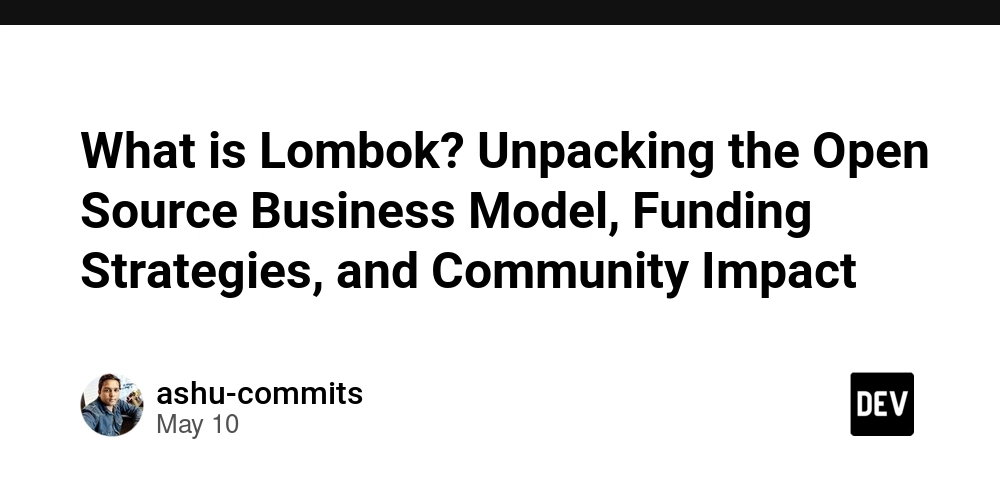
Abstract
This post dives deep into Project Lombok—a popular Java library that reduces boilerplate code using smart annotations—and explores its innovative open source business model. We examine Lombok’s origins, its reliance on community funding under the MIT License, and its transparent governance model driven by volunteer contributions. Along with a detailed discussion on challenges, opportunities, and future innovations, we also compare Lombok’s approach with other funding methods, including token-based models. With practical examples, tables, and bullet lists, this article serves as a comprehensive guide for developers, enterprises, and open source enthusiasts seeking sustainable and transparent software development models.
Introduction
Project Lombok has become synonymous with efficient Java coding. By automating repetitive code tasks through annotations, Lombok has helped thousands of developers simplify their work and improve code readability. At its core, Lombok is more than just a tool—it represents an innovative open source business model where community funding, volunteer contributions, and a permissive MIT License meet to foster rapid development and sustained open source support.
In today’s highly competitive software world, understanding how projects like Lombok thrive without traditional revenue models is pivotal. With strong community governance and minimal bureaucracy, Lombok not only revolutionizes Java development but also sets an example for modern, sustainable open source projects.
Background and Context
The Journey of Project Lombok
Project Lombok emerged as a solution to the problem of repetitive boilerplate coding in Java—a language known for its verbosity. By leveraging annotations to automatically generate constructors, getters, setters, equals, hashCode, and toString methods, Lombok quickly gained traction in the developer community. This significant reduction in repetitive tasks led to:
- Increased productivity
- Improved code readability
- Simplified maintenance across enterprise applications
Lombok’s journey reflects the evolution of open source projects. Initially maintained by a small team of dedicated volunteers, the project now harbors a vibrant ecosystem of contributors, testers, and even corporate supporters who believe in the power of community-driven innovation.
Open Source Funding and the MIT License
Central to Lombok's success is its adherence to the MIT License—a highly permissive license that allows developers unparalleled freedom to modify, distribute, and integrate the code into their projects. This model minimizes legal overhead, making Lombok accessible to a diverse group of users, from individual developers to large enterprises.
Instead of relying on subscription fees or proprietary revenue models, Lombok harnesses:
- Community donations
- Corporate sponsorships
- Volunteer contributions for code improvements and documentation
This approach not only supports sustainable growth but also ensures that the project remains agile and responsive to evolving industry demands.
For more details on Project Lombok and its open source philosophy, check out the original article.
Core Concepts and Features
Project Lombok’s features are built to serve developers both technically and operationally. Let’s break down some of its core concepts:
Key Technical Attributes
- Annotation-Based Automation: Lombok uses annotations to generate repetitive code, reducing manual coding effort.
- Code Reduction: Minimizes boilerplate code associated with Java by automatically providing implementations for common methods.
- Compatibility: Works seamlessly with modern development environments and popular Java frameworks.
Business and Community Aspects
- Open Source Funding: Relying on a mix of community donations and sponsorships, Lombok bypasses traditional revenue structures.
- Volunteer Governance: A structured community process where pull requests, issue tracking, and code reviews shape the project’s evolution.
- MIT License: Its permissive licensing framework encourages wide adoption and integration, making it an attractive option for businesses and academic projects alike.
Here’s a table summarizing some key attributes of Project Lombok:
| Attribute | Description |
|---|---|
| Boilerplate Reduction | Uses annotations to generate constructors, accessors, and more, reducing repetitive code. |
| Community Funding | Driven by donations, corporate sponsorships, and volunteer contributions. |
| MIT License Adoption | Offers a permissive licensing model, facilitating open collaboration. |
| Open Governance | Decisions influenced by a community of developers through GitHub discussions and reviews. |
| Sustainability and Adoption | Emphasizes transparency and simplicity, leading to widespread uptake. |
Overlaps with Alternative Funding Models
While some projects are experimenting with blockchain and token-based funding (such as those discussed in posts on Arbitrum and Open Source License Compatibility or Arbitrum and Community Governance), Lombok remains firmly rooted in the traditional, donation-driven funding approach. Many developers value this simplicity over more complex blockchain integrations that come with steep learning curves and regulatory challenges.
For a broader perspective on sustainable open source funding, you might enjoy reading this Dev.to post on open source project sponsorship schemes.
Applications and Use Cases
Project Lombok’s influence spans across different sectors of the software development landscape. Below are some practical examples illustrating its utility:
Use Case 1: Enterprise Java Development
A mid-sized enterprise integrated Lombok into its core Java application. By replacing manually written getters, setters, and constructors with Lombok annotations, the enterprise reported:
- 30% reduction in development time
- Enhanced code maintainability
- More readable and less error-prone code
Corporate developers have embraced Lombok because its open source funding and robust community support ensure continuous updates and security patches.
Use Case 2: Academic Environments
Universities teaching advanced Java concepts incorporate Lombok to demonstrate best practices in reducing boilerplate code. Students learn how open source projects can be structured with:
- Transparent decision-making
- Community-driven contributions
- Sustainable funding mechanisms
This hands-on approach in academia fosters an early appreciation for open source collaboration and inspires future contributions to projects like Lombok.
Use Case 3: Rapid Prototyping and Startups
In startup environments, rapid iteration and prototype development are crucial. Lombok’s ability to expedite coding tasks helps small teams focus on core business logic rather than redundant code – enabling quicker time-to-market. This agility often translates into a competitive advantage in fast-paced tech ecosystems.
Challenges and Limitations
Despite its numerous benefits, Project Lombok also faces challenges that are common in volunteer-driven open source projects:
Technical and Adoption Challenges
- Maintaining Consistency: As codebases grow, integrating changes consistently can be challenging without a managed process.
- Adaptation to New Technologies: With emerging frameworks and programming paradigms, Lombok must continually adapt to maintain relevance.
- Dependency Management: Relying on annotations means developers need a deep understanding of the tool to manage potential integration issues across different versions.
Funding and Sustainability Concerns
- Volatile Contribution Flow: The reliance on community donations and sponsorships means revenue is not guaranteed and can fluctuate.
- Scalability of Volunteer Contributions: While community involvement is a strength, scaling contributions to match increasing demand can strain volunteer resources.
- Cultural Barriers: Differences in global communities may sometimes hinder smooth governance and decision-making.
These challenges underline the importance of robust documentation and clear contribution guidelines. They also motivate the exploration of hybrid funding models that blend traditional donations with innovative approaches, such as token-based systems in blockchain communities.
Future Outlook and Innovations
Looking ahead, Project Lombok has several promising avenues for evolution:
New Funding Mechanisms
While maintaining its core donation and volunteer-driven model, Lombok could explore complementary funding streams. For example, some projects are assessing blockchain-based tokenization as a way to incentivize contributions without complicating the core business model. This hybrid approach has the potential to:
- Attract new contributors,
- Provide more predictable funding, and
- Enhance transparency across the funding process.
Integration with Emerging Technologies
Lombok’s future may include deeper integration with advanced development tools, such as:
- AI-Assisted Code Generation: Tools that leverage machine learning could automate even more aspects of code generation beyond annotations.
- Enhanced Static Analysis: Incorporating cutting-edge static analysis tools could improve Lombok’s ability to catch integration errors early on.
- Cloud-Native Development: As more applications shift to cloud platforms, ensuring Lombok works seamlessly in distributed environments is critical.
Community Growth and Governance Enhancements
Expanding the community governance model by adopting best practices from successful decentralized projects could lead to:
- More frequent community meetings,
- Improved online forums and collaboration tools,
- And greater recognition for volunteer contributions.
With transparent practices already in place, Lombok may further bolster its community support by engaging with other successful projects from blockchain circles, such as those detailed in related posts on GitHub Sponsors and Open Source Funding.
Summary
Project Lombok stands as a shining example of how a robust open source model can drive innovation and efficiency within the Java ecosystem. By drastically reducing boilerplate code, Lombok not only enhances developer productivity but also demonstrates the viability of sustainable open source funding through community donations, sponsorships, and volunteer governance.
Key Takeaways:
- Project Lombok simplifies Java development by automating repetitive code tasks using annotations.
- Its open source funding model is built on community donations and volunteer contributions, ensuring continuous innovation without the need for traditional revenue.
- The MIT License underpins its success by offering a permissive and transparent framework that promotes collaboration.
- Challenges such as maintaining consistency and scaling contributions are balanced by opportunities in AI integration and potential hybrid funding models.
- The future outlook for Lombok includes enhanced integration with modern development tools, improved community governance, and exploration of new funding mechanisms.
Bullet List of Key Points
- Innovation Through Annotations: Lombok minimizes repetitive coding and boosts productivity.
- Transparent Funding: Relying on donations and sponsorships fosters community trust.
- Community Governance: Open decision-making and clear contribution guidelines drive project evolution.
- Scalable and Sustainable: The project continues to adapt to new technologies while managing funding challenges.
- Future-Ready: Integration of AI and cloud-native support promises to keep Lombok at the cutting edge of Java development.
Conclusion
Project Lombok is more than a Java library—it is a manifestation of community-driven innovation in modern software development. By leveraging a simple yet effective business model based on open source funding and volunteer contributions, the Lombok project has set a high benchmark for sustainability and collaboration in the open source world.
For those interested in the evolution of open source business models and community governance in technology, Lombok offers valuable insights. Its journey from a volunteer-driven initiative to a widely adopted tool demonstrates the power of transparency, simplicity, and community collaboration.
Whether you are a developer seeking to reduce coding redundancy, an academic exploring innovative teaching tools, or an enterprise looking for robust open source solutions, Project Lombok stands as a testament to what can be achieved when shared passion meets agile technology.
If you’d like to explore more on this topic, you can read the original article on Lombok for additional insights into its development and funding strategies. Moreover, check out discussions on open source licenses and community funding on related platforms such as Arbitrum and Open Source License Compatibility and Arbitrum and Community Governance.
In summary, Lombok’s successful blend of efficient coding, sustainable funding, and robust community governance not only improves Java development but also serves as an inspiring blueprint for future open source projects in an ever-evolving technology landscape.
By embracing a culture of transparency and innovation, Project Lombok continues to pave the way for a sustainable future in software development.













